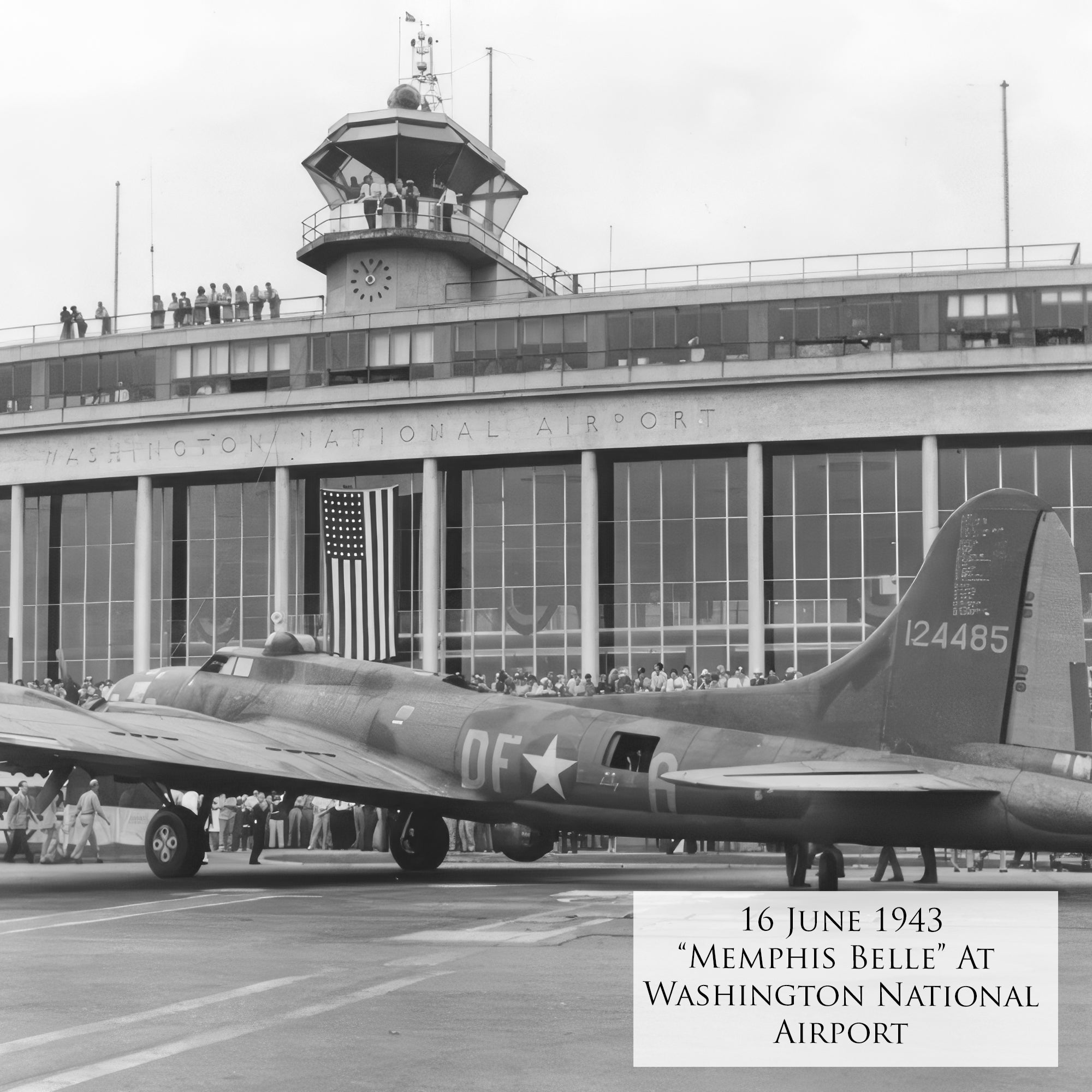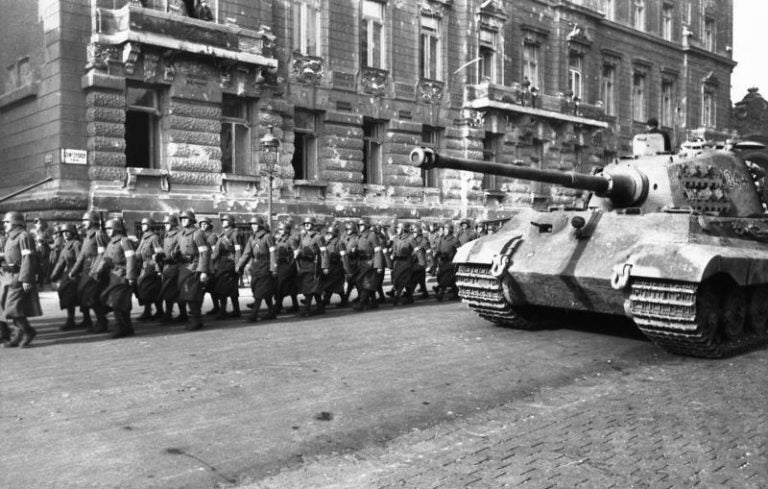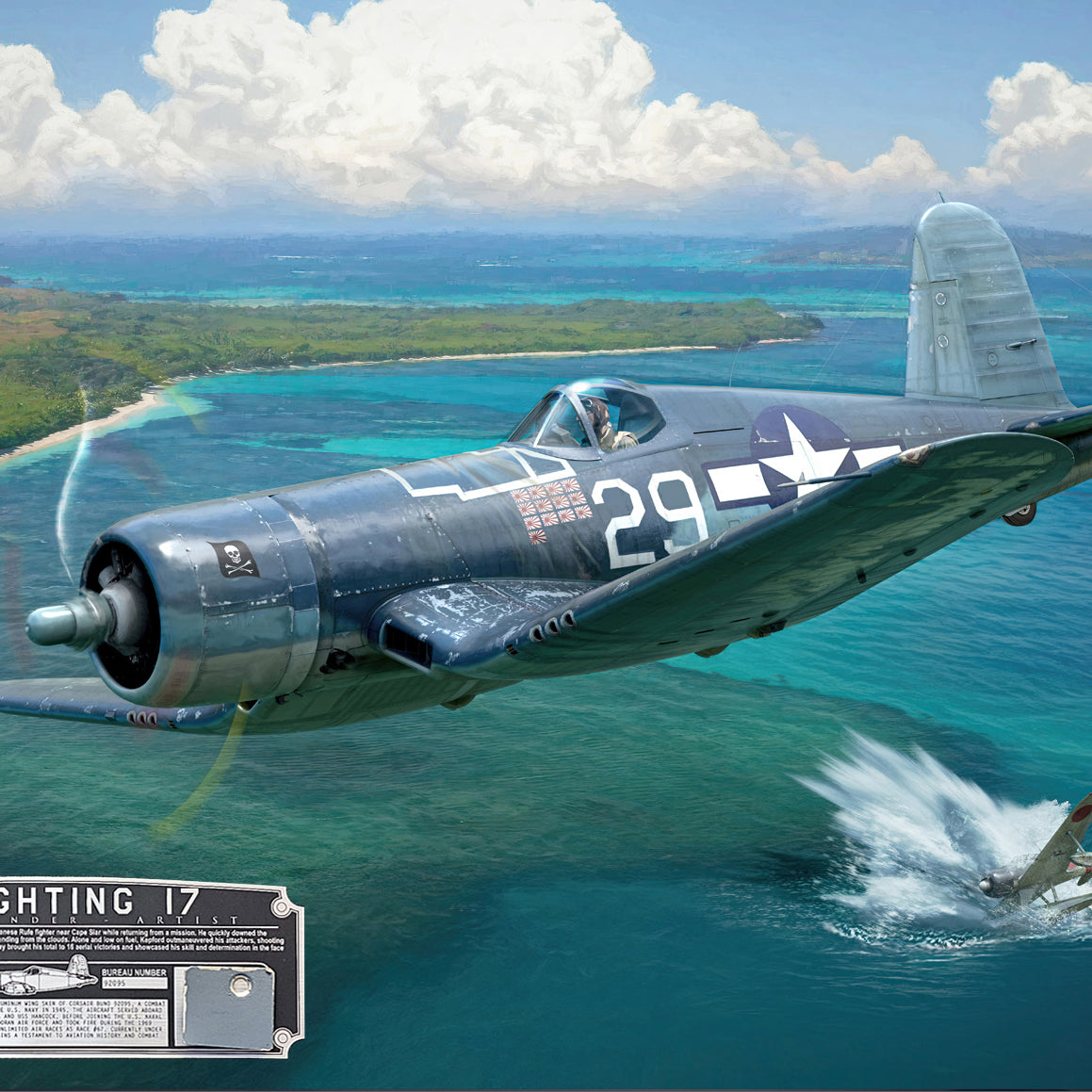Few names in aviation history inspire as much admiration and debate as the Supermarine Spitfire and the Hawker Hurricane. These iconic fighters, guardians of Britain’s skies during its darkest hour, represent the pinnacle of pre-jet era combat aviation.
But which was better? We’ll explore the intricate details, comparing their design, performance, operational history, and legacy.

The Genesis of Legends: Design Heritage and Aesthetics
The Birth of the Spitfire
The Supermarine Spitfire, designed by Reginald Mitchell, is a masterpiece of aeronautical engineering. With its sleek, elliptical wings and streamlined fuselage, the Spitfire is often celebrated as a work of art in motion.
Mitchell’s vision was to create a fast, agile, and visually striking fighter. The result was an aircraft that embodied both beauty and lethal efficiency.

The Sturdy Hurricane
In contrast, the Hawker Hurricane, crafted by Sydney Camm, presents a more utilitarian design. Its appearance is more rugged, with a bulkier fuselage and a more conventional wing structure.
The Hurricane’s design lineage traces back to earlier biplanes, evident in its fabric-covered sections and construction techniques. While it may lack the Spitfire’s aesthetic grace, the Hurricane’s robust build made it a reliable and durable war machine.
Aesthetic Showdown: Spitfire vs. Hurricane
When comparing the two, the Spitfire often wins in terms of aesthetic appeal. Its design is sleek, almost predatory, while the Hurricane’s appearance is more skillful.
However, dismissing the Hurricane based on looks alone would be a mistake. Its design was functional and suited the needs of the time, particularly in its ability to absorb damage and remain operational.
Performance and Capabilities: Speed vs. Endurance
The Spitfire’s Speed and Agility
The Spitfire was powered by the legendary Rolls-Royce Merlin engine, giving it superior speed and climb rates. Early Spitfires could reach speeds of over 360 mph, making them formidable opponents in dogfights.
The Spitfire’s agility was one of its most celebrated attributes, allowing it to easily outmaneuver enemy aircraft. Pilots adored the Spitfire for its responsiveness and speed, which made it an ideal interceptor.

The Hurricane’s Durability
The Hurricane, while slower than the Spitfire, had other advantages. It was a more forgiving aircraft to fly, especially for less experienced pilots. Its design allowed it to withstand significant damage and still return home.
The broader landing gear also provided more stability during takeoffs and landings, reducing the risk of accidents. During the Battle of Britain, Hurricanes were responsible for shooting down more enemy aircraft than the Spitfires, mainly due to their role in attacking German bombers.

Performance Comparison: Spitfire vs. Hurricane
While the Spitfire had the edge in speed and agility, the Hurricane excelled in durability and ease of maintenance. This made the Hurricane the backbone of the Royal Air Force (RAF) during the early stages of World War II, particularly during the Battle of Britain, where its ability to take punishment and keep flying was invaluable.
Armament and Firepower: Guns of the Skies
The Early Armament
Both the Spitfire and Hurricane were initially armed with eight .303-inch Browning machine guns. This was considered a formidable array at the time, capable of delivering a withering burst of fire.
However, as the war progressed, the limitations of these weapons became apparent, particularly against more heavily armored enemy aircraft.
The Spitfire’s Armament Evolution
The Spitfire’s design posed challenges for armament upgrades due to its thinner wings. Despite this, several variants were developed, such as the Spitfire Mk II, which featured cannon armament. These upgrades were crucial as the war progressed and enemy aircraft became more resilient.

The Hurricane’s Adaptability
With its more spacious wings, the Hurricane could more easily accommodate upgrades. In later versions, this adaptability allowed it to be fitted with various weapons, including cannons and even rockets.
The Hurricane’s firepower became one of its key strengths, particularly as a bomber destroyer.
Firepower Comparison: Spitfire vs. Hurricane
In terms of firepower, the Hurricane’s adaptability gave it a slight edge over the Spitfire. While the Spitfire’s armament evolved over time, the Hurricane’s ability to carry heavier weapons made it more versatile in different combat scenarios.
Operational History: Defenders of the Realm
The Battle of Britain
The Battle of Britain, which was fought in the summer and autumn of 1940, was a defining moment for both the Spitfire and Hurricane. Under the leadership of Air Chief Marshal Hugh Dowding, the RAF’s Fighter Command deployed these aircraft strategically, with the Spitfires primarily engaging German fighters while the Hurricanes focused on bombers.

The Spitfire’s Role
With its superior agility, the Spitfire was well-suited to dogfighting with the nimble Messerschmitt Bf 109s. Its speed and maneuverability gave it the upper hand in many aerial duels.
The Spitfire quickly became a symbol of British resilience and fighting spirit, and its name was synonymous with the defense of the United Kingdom.
The Hurricane’s Contribution
While the Spitfire garnered much of the glory, the Hurricane played an equally important, if not more critical, role. Hurricanes accounted for the majority of RAF victories during the Battle of Britain.
Their primary role was to engage and destroy German bombers, which posed the greatest threat to Britain’s cities and infrastructure. The Hurricane’s ability to take on these heavily armed and armored targets was a key factor in the RAF’s success.
The Global Reach of the Spitfire and Hurricane
As the war progressed, both aircraft were deployed in various theaters worldwide. The Spitfire saw action in the skies over Europe, North Africa, and the Far East, while the Hurricane was used extensively to defend Malta, North Africa’s deserts, and Burma’s jungles. Each aircraft adapted to the unique challenges of these environments, further cementing their legendary status.
The Strategic Impact of the Spitfire and Hurricane
The Spitfire and Hurricane were not just aircraft but symbols of hope and defiance. Their success in the Battle of Britain prevented a German invasion and gave the Allies a much-needed boost in morale. The legacy of these aircraft extends beyond their technical achievements; they represent the determination and courage of the men and women who fought to protect their homeland.

Legacy and Impact: Icons of the Sky
The Spitfire’s Enduring Legacy
The Spitfire’s speed, agility, and firepower have made it a favorite among aviation enthusiasts and historians. Its design is often cited as one of the greatest achievements in aeronautical engineering. The Spitfire’s legacy is also preserved in countless museums, airshows, and memorials around the world, where it continues to inspire new generations.
The Hurricane’s Place in History
While sometimes overshadowed by the Spitfire, the Hurricane holds a unique place in history. It was the workhorse of the RAF during the early years of the war, and its contribution to the Allied victory cannot be overstated.
The Hurricane’s rugged reliability and adaptability made it a critical asset in multiple theaters of war. Today, the Hurricane is remembered for its pivotal role in the Battle of Britain and its service in many other campaigns.
The Spitfire vs. Hurricane Debate
The question of which aircraft was “better” often sparks lively debate among aviation enthusiasts. The Spitfire’s superior performance makes it an easy favorite, but the Hurricane’s durability and adaptability also give it a strong case. In truth, both aircraft were essential to the Allied war effort, and their complementary strengths made them an unbeatable team.
The Pilots Who Flew Them
It’s important to remember that behind every Spitfire and Hurricane was a pilot who risked everything to defend their country. These men, many of them young and inexperienced, took to the skies in machines that were often pushed to their limits. Their bravery and skill were as crucial to the outcome of the Battle of Britain as the aircraft they flew.
The Legacy of the Battle of Britain
The Battle of Britain remains one of the most significant events in British history. It was a turning point in World War II, and the Spitfire and Hurricane were at the heart of that victory. The legacy of this battle and the aircraft that fought it continues to be celebrated today, reminding us of the sacrifices made in the name of freedom.
The Spitfire and Hurricane in Popular Culture
Over the years, the Spitfire and Hurricane have become cultural icons in films, books, and even video games. Their sleek lines and powerful engines symbolize British engineering and wartime resilience. Whether portrayed in battle scenes or on display at museums, these aircraft continue to capture the imagination of people worldwide.
Conclusion: A Partnership in Victory
To definitively state which was “better” – the Spitfire or the Hurricane – would be an oversimplification. Each aircraft had unique strengths and played a vital role in the RAF’s strategy. The Spitfire’s agility and speed complemented the Hurricane’s durability and firepower, creating a partnership greater than the sum of its parts.
Together, the Spitfire and Hurricane changed the course of World War II. They defended Britain from invasion and became symbols of hope and resistance. Their legacy lives on in the annals of history, in the memories of those who flew them, and in the hearts of those who continue to honor their contribution to freedom.
In the end, the story of the Spitfire and Hurricane is not just about two iconic aircraft. It’s about the people who built them, the pilots who flew them, and the battles that shaped our world. Their legacy is a testament to the power of innovation, the courage of individuals, and the enduring spirit of those who fight for what is right.
For more insights into the Spitfire and other crucial military aircraft, visit Aces In Action. Here, you’ll find an amazing piece of artwork by Craig Tinder titled “Cannon Hit Spitfire” that illustrates the Flt. Lt. Eric Stanley Lock of No. 611 Squadron – the highest-scoring Allied pilot during the Battle of Britain. The limited edition canvas print even includes a piece of an authentic Supermarine Spitfire relic from a starboard cowl panel.
Cannon Hit Spitfire – Spitfire Aviation Art by Artist Craig Tinder
14 July 1941 – Flt. Lt. Eric Stanley Lock of No. 611 Squadron, engages an enemy Messerschmitt Bf 109 in his Spitfire Mk VB resulting in his 26th and final aerial victory. Flt. Lt. Lock was the highest-scoring Allied pilot during the Battle of Britain with 21 victories. During his final mission on 3 August 1941, he was last seen in Spitfire W3257 departing for a ground strafing attack. He never returned home.






Share:
The Dance of the Skies: Spitfire vs. Japanese Zero
The Ten Deadliest Fighter Aircraft of World War II